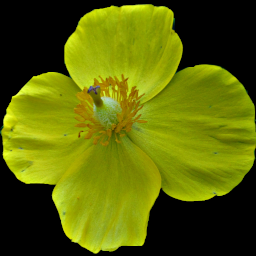 Probably the most common species of Joe-Pye-Weed in our area. Most botanists today put Joe-Pye-Weeds in the genus Eutrochium; we keep the name Eupatorium for the convenience of Internet searchers.
Probably the most common species of Joe-Pye-Weed in our area. Most botanists today put Joe-Pye-Weeds in the genus Eutrochium; we keep the name Eupatorium for the convenience of Internet searchers.
This magnificent plant, with its domes of dusty-rose flowers on towering stems, is common in damp fields and roadsides everywhere; these plants grew in a moist depression in Schenley Park, side by side with their close cousins the Spotted Joe-Pye-Weeds (E. maculatum). Enlightened gardeners who have space for a few eight-foot towers in their perennial beds are beginning to discover and make use of this plant, which can now be seen in some of Pittsburgh’s most tasteful gardens.
The taxonomy of the Joe-Pye-Weeds seems to be in an awful mess. Alphonso Wood’s Class-Book of Botany seems to be closest to the modern botanists’ classification of this species, so we use Wood’s description here:
EUPATORIUM.
Dedicated to Eupator, king of Pontus, who first used the plant m medicine.
Flowers all tubular; involucre imbricate, oblong; style much exserted, deeply cleft; anthers included; receptacle naked, flat ; pappus simple, scabrous; achenia 5-angled.—Perennial herbs, with opposite or verticillate leaves. Heads corymbose. Flowers of the cyanic series, that is, white, blue, red, &c., never yellow.
* Leaves verticillate. Flowers purple.
E. fistulosum Barratt. (E. purpureum Willd. in part. E. incarnatum Linn., in part. E. purpureum, v. angustifolium T. & G.) Trumpet-weed.—Stem fistulous, glabrous, glaucous-purple, striate or fluted; leaves in about 12 whorls of 6s, largest in the middle of the stem, rather finely glandular-serrate; midvein and veinlets livid purple; corymb globose, with whorled peduncles.—Thickets, U. S. and Can., very abundant in the Western States! Height 6-10 ft., hollow its whole length. Leaves, including the 1″ petiole, 8″ by 2″. Corymb often 1 ft. diam. Flowers purple. The glaucous hue and suffused redness of this majestic plant are most conspicuous in flowering-time. It does not appear to possess the acrid properties of E. maculatum. July—Sept.






